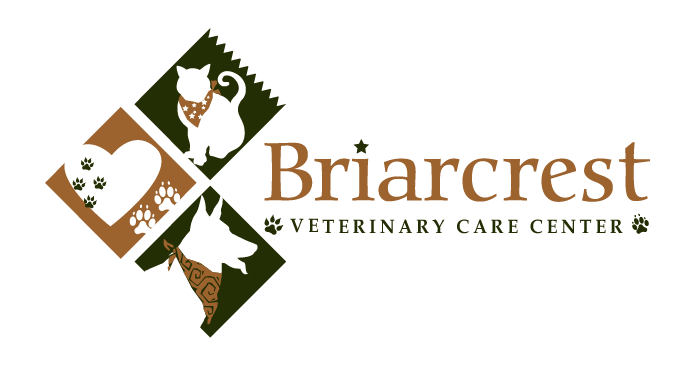Library
-
Exenatide (brand names Bydureon®, Byetta®) is a glucagon-like peptide-1 (GLP-1) receptor agonist used in addition to insulin to achieve better blood sugar control and treat certain types of diabetes in cats. Its use is off label in veterinary medicine. Exenatide comes in an injectable immediate-release and extended-release forms – the forms are not interchangeable.
-
Losing weight is difficult. Feeding a veterinary prescription weight-loss food is important, but energy expenditure is also important. Encouraging your cat to exercise can help to increase energy expenditure and can complement a successful weight-loss program.
-
Exercise restriction refers to the act of intentionally limiting a pet’s physical activity. Veterinarians often recommend exercise restriction to allow a pet to heal after a surgical procedure or injury, although it may also be recommended to prevent worsening of a medical condition. Your veterinarian’s guidance is essential when implementing exercise restriction.
-
Proprioception is the ability to know where your body is in space. This is what helps reduce falls and injury. Proprioception may be lost suddenly through spinal cord trauma, or it may be reduced with age, joint disease (osteoarthritis), or other orthopedic or neurologic disease. Some specific controlled exercises that can improve proprioception are discussed. Any exercise plan needs to be formulated by a veterinary rehabilitation therapist to avoid injury.
-
Controlled, regular physical exercise is one of the core treatments of canine osteoarthritis, along with weight control, physical rehabilitation, and pain management. Exercise increases circulation to the muscles and joints, decreases stiffness in the joint capsule and soft tissues, reduces pain, maintains strength, and benefits the cardiovascular system. Left untreated, the chronic pain of arthritis causes a continually worsening cycle of less movement, weight gain, muscle loss, decreased strength, and loss of cardiovascular fitness.
-
Obesity occurs when a cat consumes more calories than they expend. Therefore, managing obesity in cats often requires both dietary changes and increased exercise/activity. There are several methods for increasing activity in cats, including play, using cat trees and climbing structures, outdoor enclosures, and intentional, active feeding practices. Each of these can be beneficial in promoting weight loss.
-
The pancreas is an organ near the stomach and small intestine that produces enzymes needed for digestion, as well as hormones such as insulin that regulate blood sugar levels. Dogs with exocrine pancreatic insufficiency (EPI) are unable to digest nutrients in their diet properly, resulting in maldigestion, weight loss, and abnormal feces than can appear unusually pale and fatty. The disease can be congenital, genetic (such as in German shepherds), or acquired through pancreatic damage. Prognosis is good with treatment, although rarely diabetes is associated with the condition.
-
All glues containing isocyanate and diisocyanate can expand. Pets exposed to a very small amount of wet or liquid expanding glue may consume enough product to be problematic. Foreign body obstruction due to a mass of expanded glue in the stomach is the most common outcome in dogs ingesting expanding wood glues. After abdominal X-rays confirm the presence of a glue mass and obstruction, surgery is required to remove the mass, or endoscopy in mild cases. The prognosis for recovery from expanding glue ingestion depends on the removal of the mass.
-
Extracorporeal shockwave Therapy (ESWT) is a treatment that uses high energy sound waves to exert changes in the target tissues. In specific situations it can decrease pain and increase healing. Conditions that can be treated, types of shockwave therapy, contraindications and adverse effects are discussed.
-
Epiphora or excessive tearing from the eyes can be a sign of tear duct blockage or more serious eye problems. Clinical signs include dampness beneath the eyes, reddish-brown staining of the fur beneath the eyes, odor, skin irritation, and skin infection. The facial anatomy of short faced (brachycephalic) breeds may play a role in this condition. Treatment may include flushing of the nasolacrimal duct, or surgery to open the lacrimal puncta. The prognosis is variable and dependent on whether the underlying cause can be found and treated.


